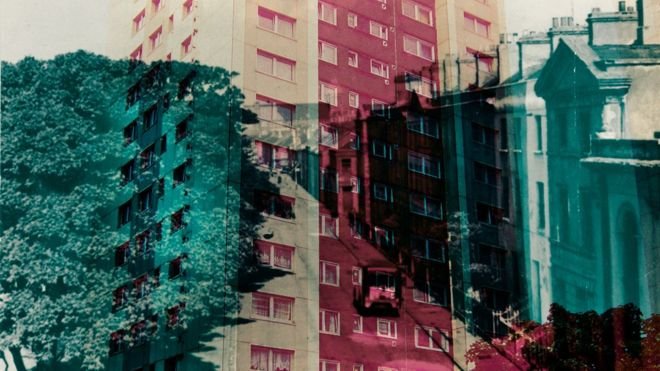This is a good lesson in storytelling & interpretation (🧵):
/1
/3
An excellent resource on these early trains is here, btw: locos-in-profile.co.uk/Early_Locomoti…
/6

Yes, Stephenson ADDED the final 1/2”! Not the Romans!
/7
Plenty were of different gauges. /9
So no gov. sponsored standardization, then. 🙄 /11

/14
But don’t be upset if you liked the story! /15
This is what we should strive for to some extent as historians. Perhaps not “folksy,” but you get the idea. /16
But we are also grounded in facts, which are just as interesting as a good but false, made-up story, appealing as it may be. /17

















